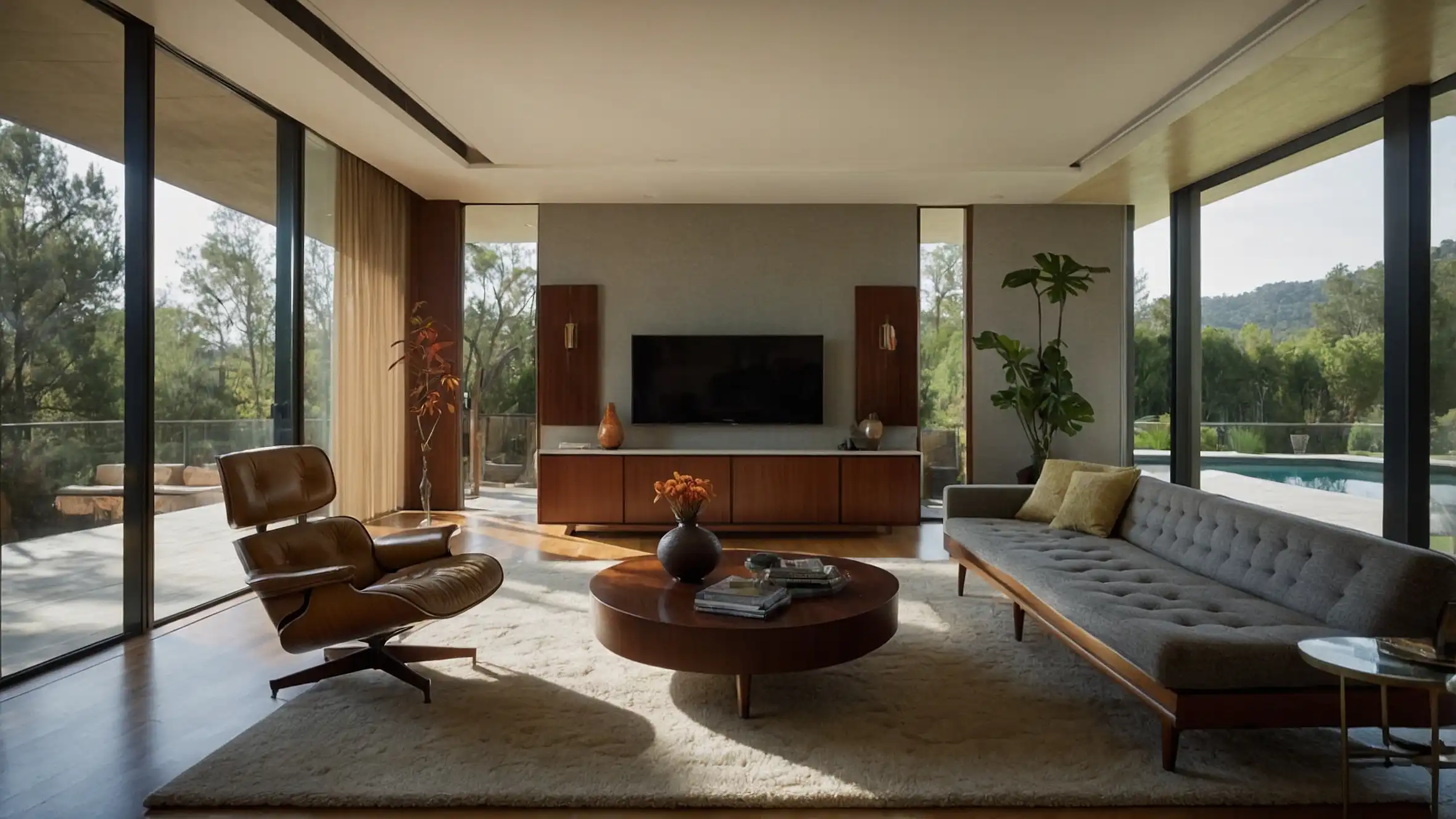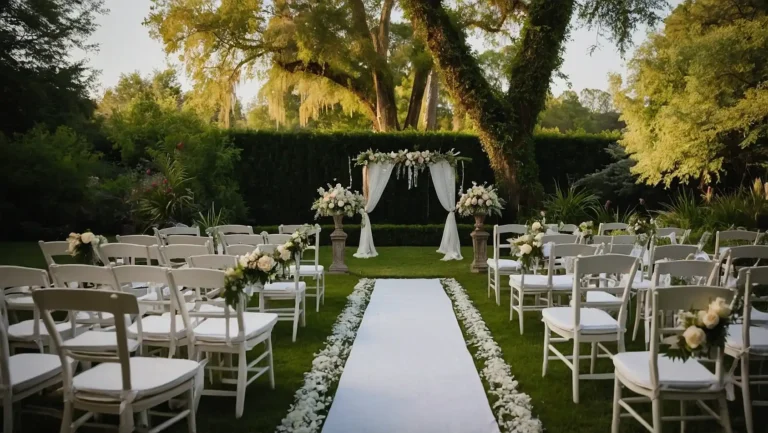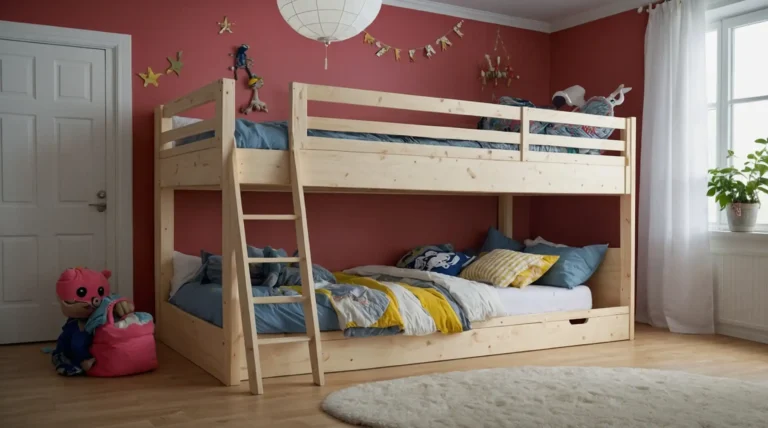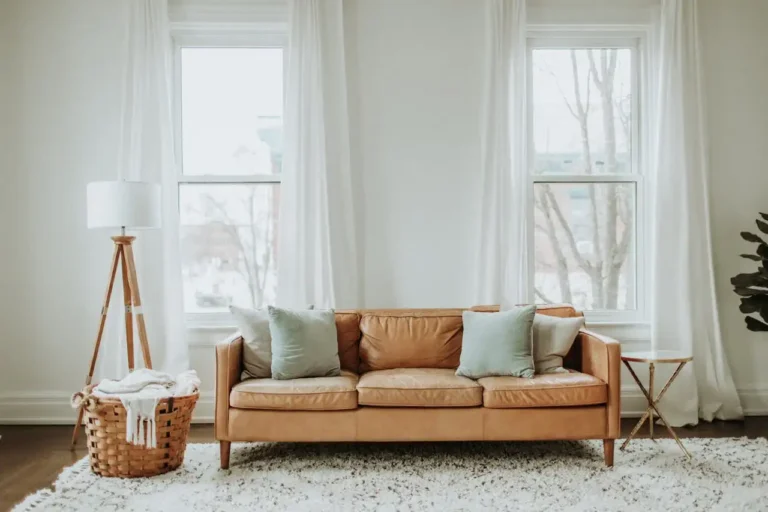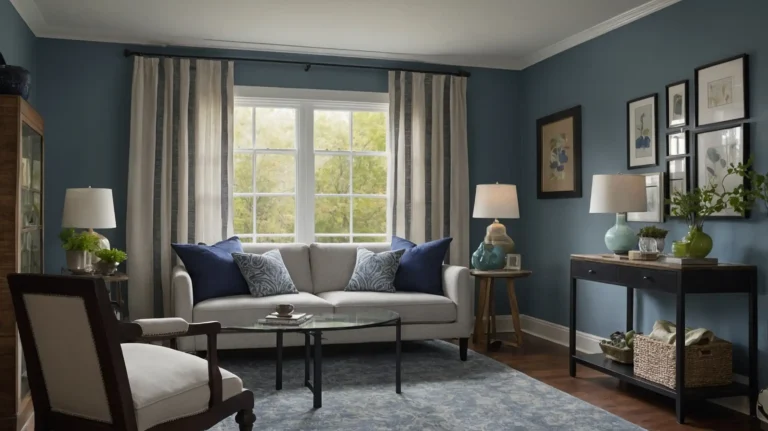27 Stunning Midcentury Modern Living Room Ideas to Transform Your Space
Midcentury modern design continues to captivate with its clean lines, organic forms, and timeless appeal that transcends decades.
This beloved style combines functionality with beauty in a way that feels both nostalgic and remarkably current.
Whether you’re looking to completely revamp your living room or simply add a few retro touches, midcentury modern elements can elevate your space instantly.
The style’s versatility works in homes of all sizes and layouts.
Ready to bring some 1950s and 60s magic into your living space?
These 27 midcentury modern living room ideas will help you create a space that’s both on-trend and classically cool.
1: Incorporate an Iconic Chair

Add an authentic or reproduction Eames lounge chair, Egg chair, or Womb chair as your room’s focal point.
These iconic seating options immediately establish midcentury credentials.
Position your statement chair at an angle to create visual interest in the room. Even a single piece can anchor your design and set the tone for the entire space.
2: Choose a Low-Profile Sofa

Select a sofa with clean lines, tapered legs, and a lower profile typical of midcentury design. Look for button tufting and geometric shapes that characterize the era.
Opt for fabrics in period-appropriate colors like mustard yellow, avocado green, or burnt orange.
Modern performance fabrics in these vintage hues give you the look without sacrificing durability.
3: Add Wooden Wall Panels

Install wooden wall panels or slat walls to create warmth and texture characteristic of midcentury design. Focus on a single accent wall rather than overwhelming the space.
Choose walnut, teak, or oak for authentic midcentury appeal. This natural element adds warmth and grounds more colorful pieces in your design scheme.
4: Incorporate Geometric Patterns
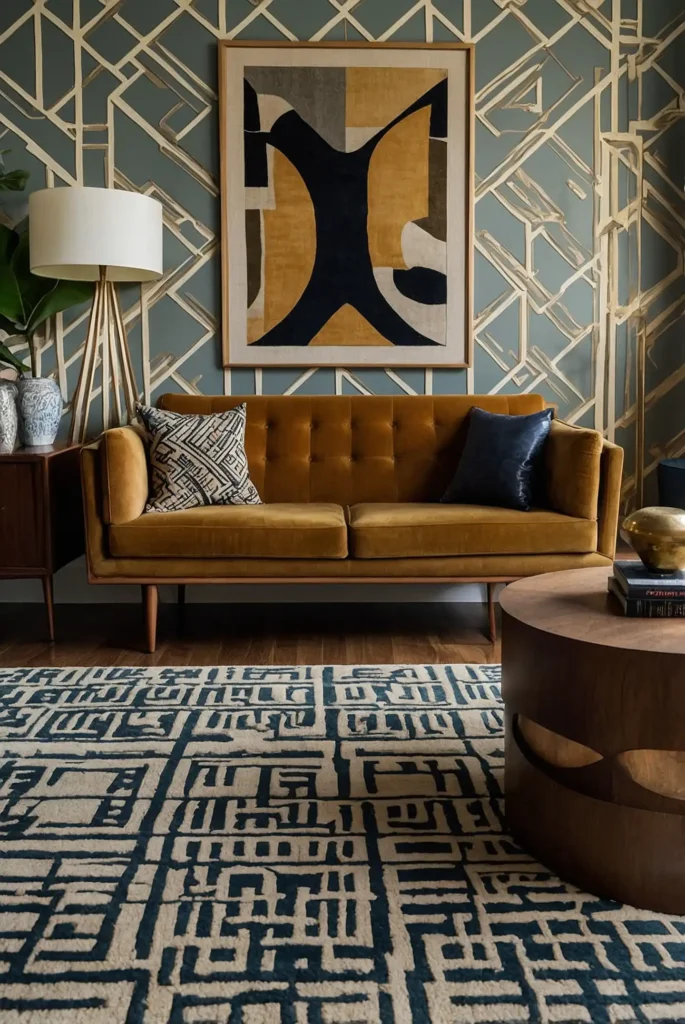
Introduce geometric patterns through rugs, cushions, or wallpaper. Look for starbursts, boomerangs, diamonds, and atomic patterns popular during the era.
Limit yourself to two or three patterns to avoid visual chaos.
This strategic approach to pattern creates interest without overwhelming your carefully curated space.
5: Install a Sunburst Clock
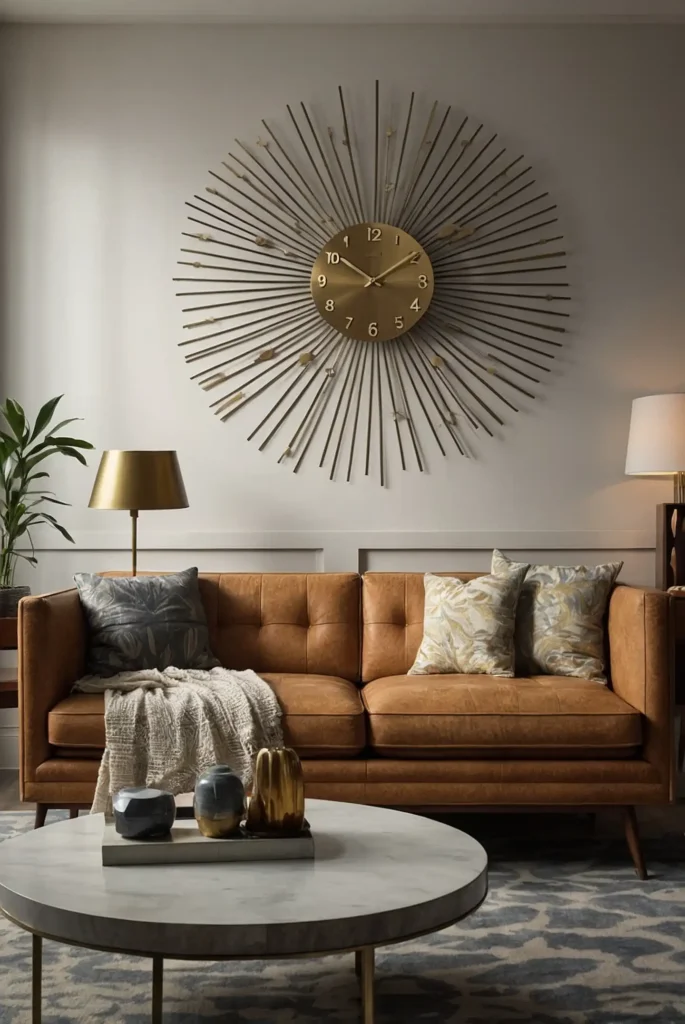
Mount a sunburst or starburst clock on your wall as both functional timepiece and sculptural art.
This quintessential midcentury accessory adds instant character.
Choose metal finishes like brass or copper for authentic appeal. Position your clock where it catches light to maximize its decorative impact throughout the day.
6: Use Hairpin Legs
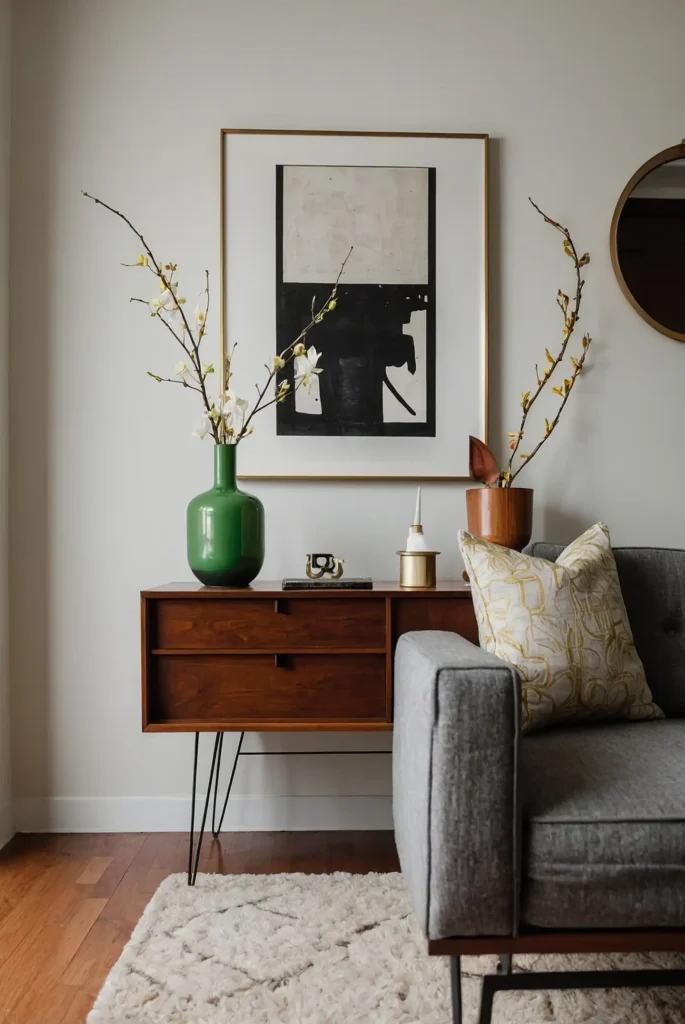
Incorporate furniture with hairpin legs—tables, consoles, or benches that showcase this distinctive midcentury detail.
Their minimal profile creates a sense of space and lightness.
The simplicity of hairpin legs balances heavier design elements. This contrast of visual weight creates the dynamic tension that makes midcentury design so interesting.
7: Create a Conversation Pit Feel
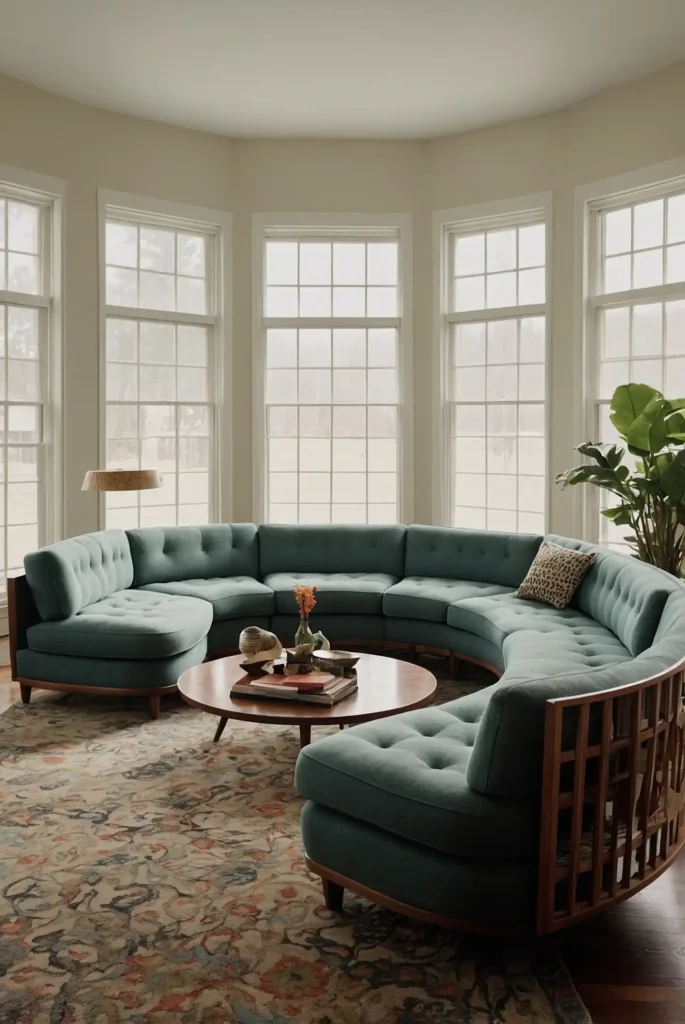
Arrange seating in a U-shape or circular pattern to encourage conversation, mimicking the famous conversation pits of the era.
This arrangement prioritizes human connection.
Use area rugs to define this intimate space within the larger room.
This furniture arrangement reflects midcentury modern’s emphasis on functionality and social interaction.
8: Mix Wood Tones
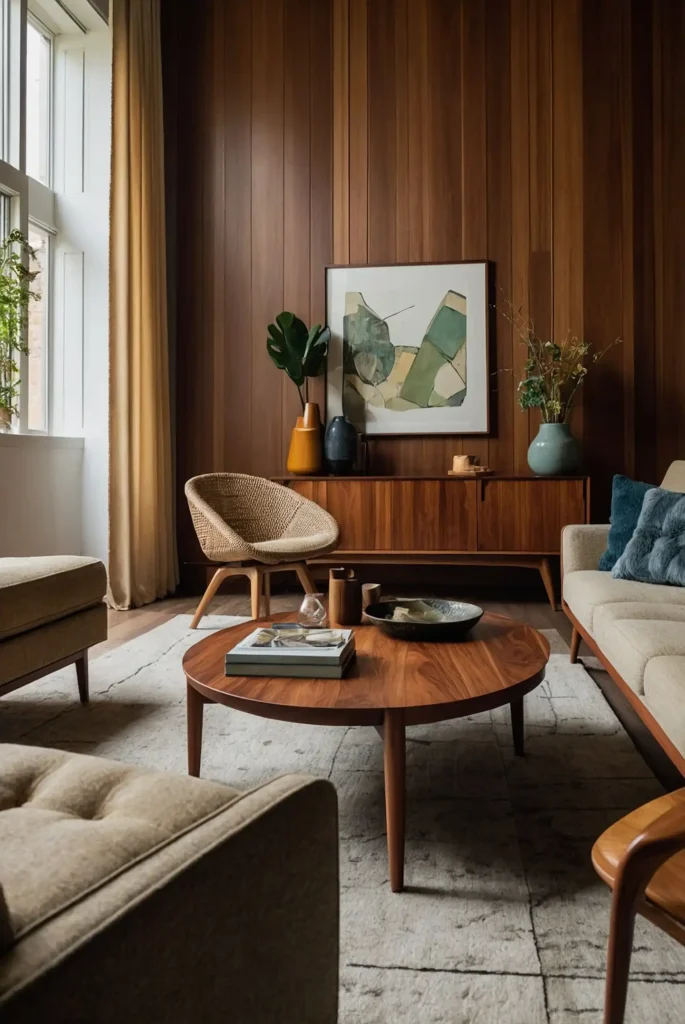
Combine different wood tones like walnut, teak, and oak for authenticity. Midcentury designers often mixed woods rather than matching everything perfectly.
Focus on warm, medium-toned woods rather than very dark or light varieties. This deliberate mixing of wood tones adds depth and interest to your living space.
9: Add a Sputnik Chandelier
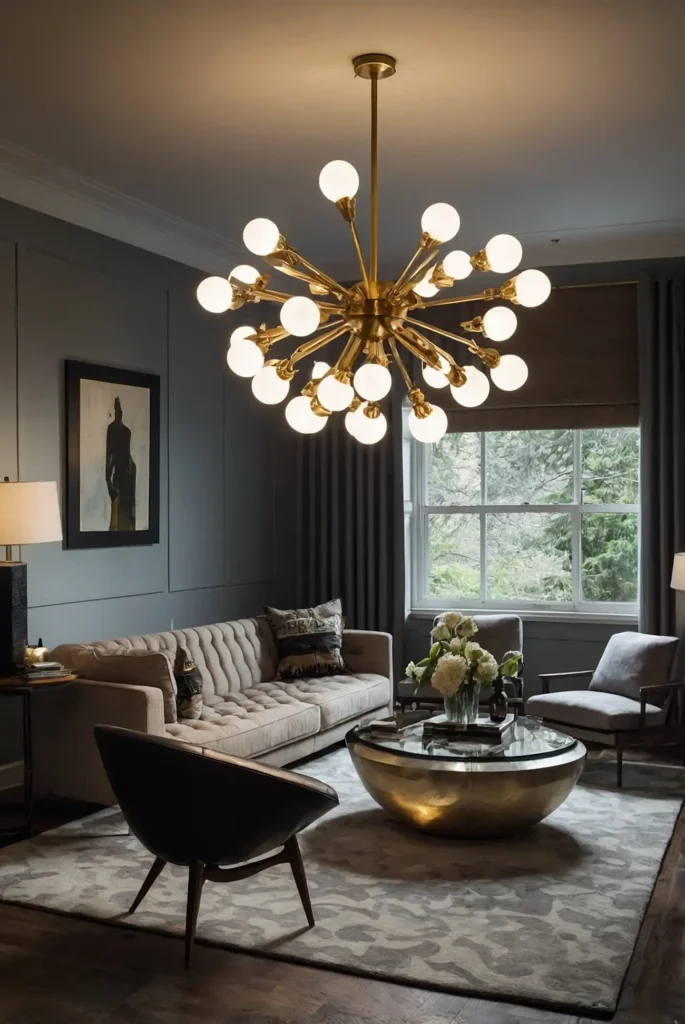
Install a Sputnik-style chandelier with multiple arms and bulbs extending from a central sphere. This iconic lighting fixture adds drama and immediately evokes the Space Age.
Position it centered in the room or over a seating area for maximum impact. The sculptural quality of this lighting doubles as functional art in your space.
10: Incorporate Indoor Plants
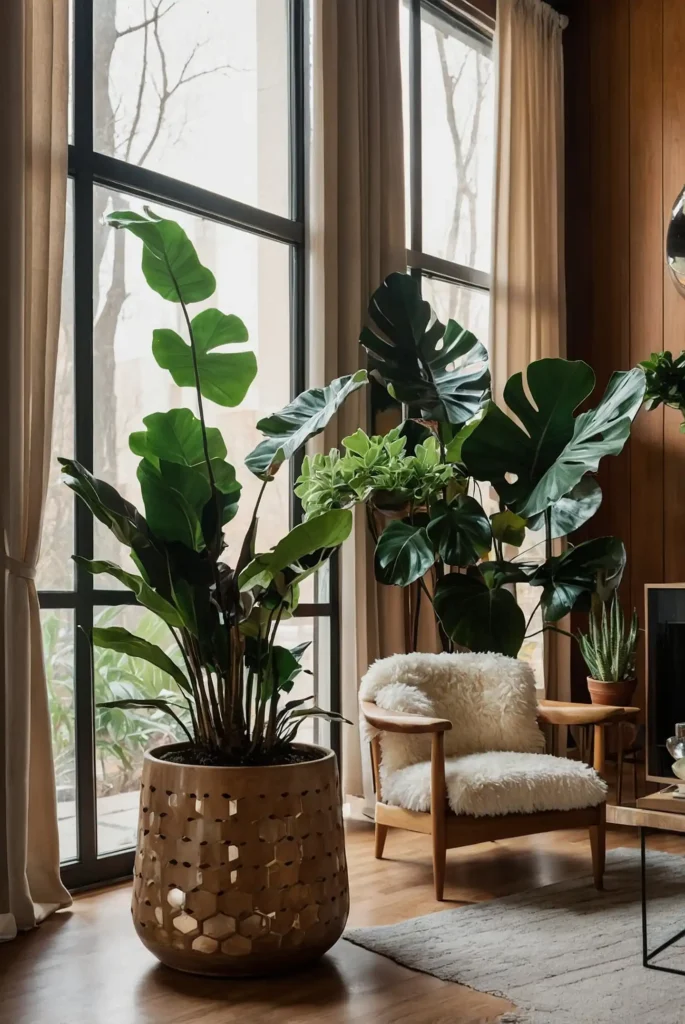
Add large leafy plants like fiddle leaf figs, rubber plants, or split-leaf philodendrons.
Plants featured prominently in midcentury design, bringing organic elements indoors.
Use planters with hairpin legs or ceramic pots with geometric patterns for an authentic look.
This connection to nature reflects midcentury modern’s integration of indoor and outdoor living.
11: Choose a Sleek Media Console

Select a long, low-profile media console with sliding doors or push-to-open cabinets. Look for tapered legs and clean lines characteristic of the period.
Use this piece to hide modern technology while showcasing a few carefully chosen decorative items.
This balance of form and function epitomizes midcentury design principles.
12: Layer Multiple Light Sources
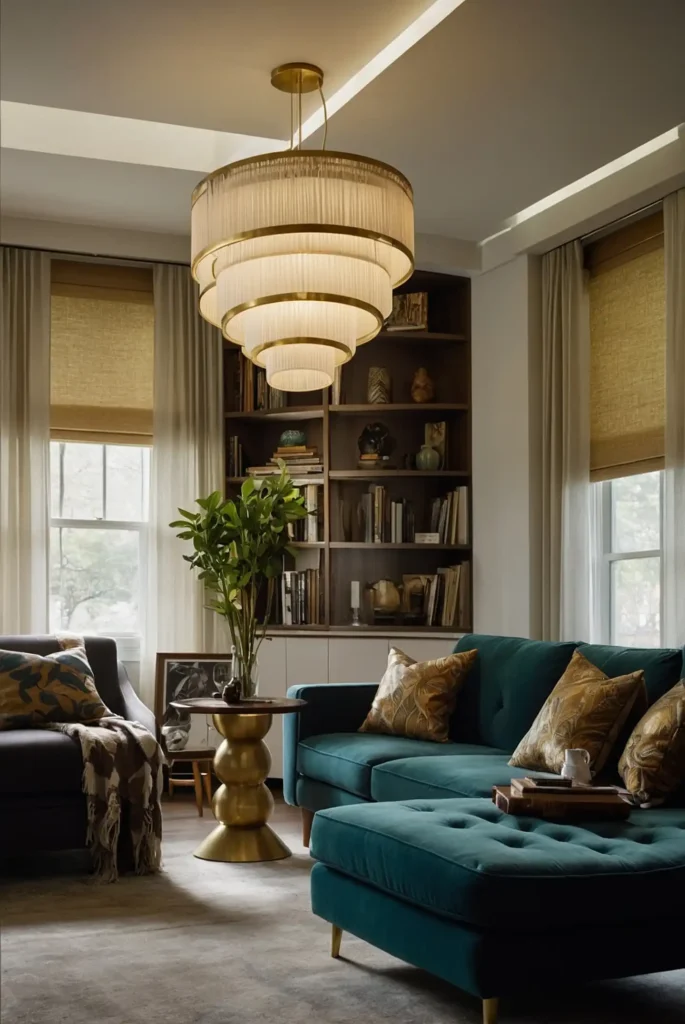
Create ambiance with multiple light sources at different heights. Combine floor lamps, table lamps, and pendants for layered illumination.
Look for cone-shaped shades, adjustable arms, and brass details on lighting fixtures. This thoughtful approach to lighting enhances both functionality and mood.
13: Incorporate Glass and Acrylic
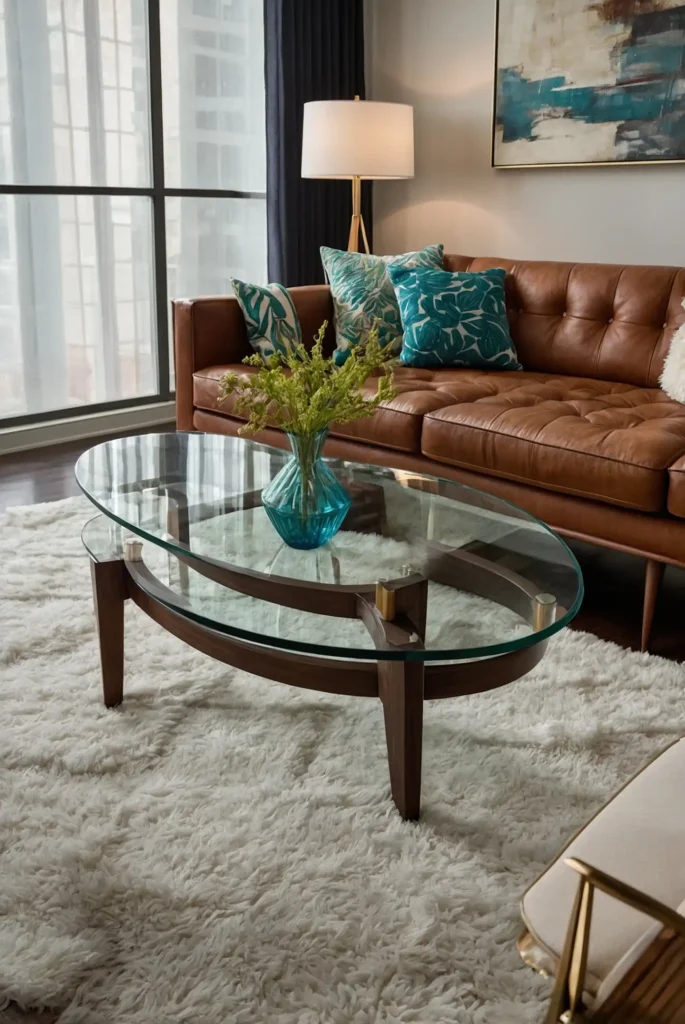
Add transparency through glass-topped tables or acrylic accent pieces. These materials create visual lightness and were innovative during the midcentury period.
Pair transparent elements with solid wood for balanced contrast. This material combination reflects the midcentury interest in exploring new manufacturing techniques.
14: Add a Statement Wall

Create a focal point with a bold wallpaper in geometric patterns or an accent wall in a signature midcentury color like teal, mustard, or burnt orange.
Limit statement walls to one area to avoid overwhelming the space. This strategic use of color and pattern creates impact without dominating the room.
15: Use Nesting Tables
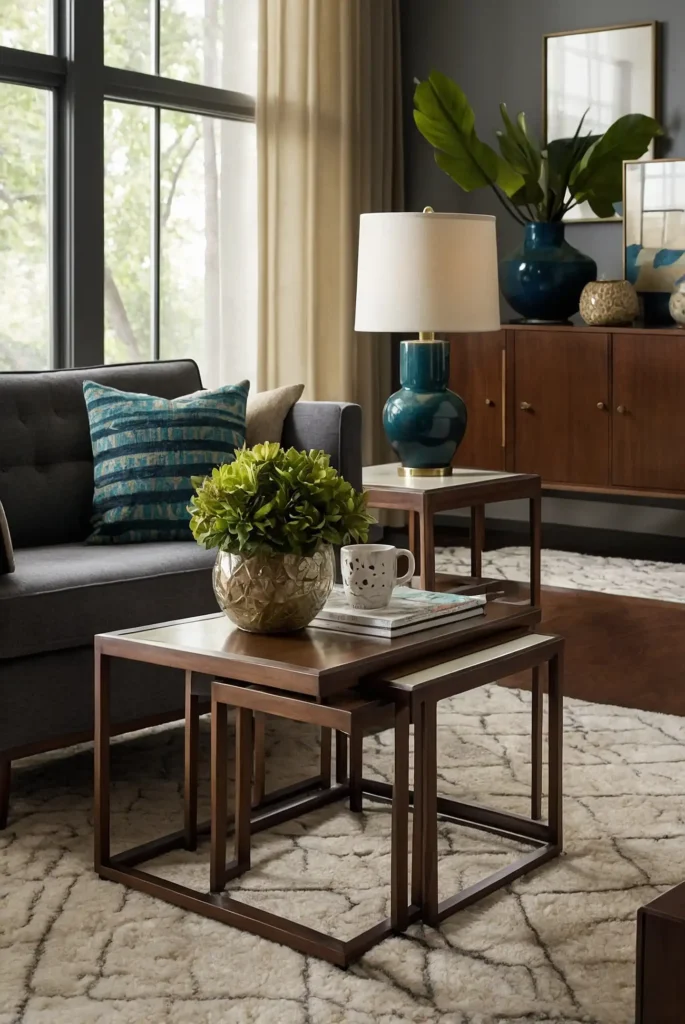
Incorporate a set of nesting tables that can be separated when needed for entertaining. Their versatility reflects midcentury modern’s functional approach to design.
Look for varied heights and complementary shapes that work together harmoniously. These movable pieces add flexibility to your living room arrangement.
16: Add a Textured Area Rug

Ground your space with a textured area rug featuring geometric patterns or abstract designs. This soft element adds warmth and defines your seating area.
Choose flat-weave styles or low-pile options popular during the era. The right rug ties together different furniture pieces while adding visual interest.
17: Install Floating Shelves

Mount floating shelves in a staggered pattern to display collections and art pieces. This wall treatment creates visual interest while maximizing floor space.
Use shelving to showcase period-appropriate accessories like ceramic vessels and abstract sculptures.
This arrangement reflects midcentury modern’s clean, uncluttered aesthetic.
18: Create Asymmetrical Balance
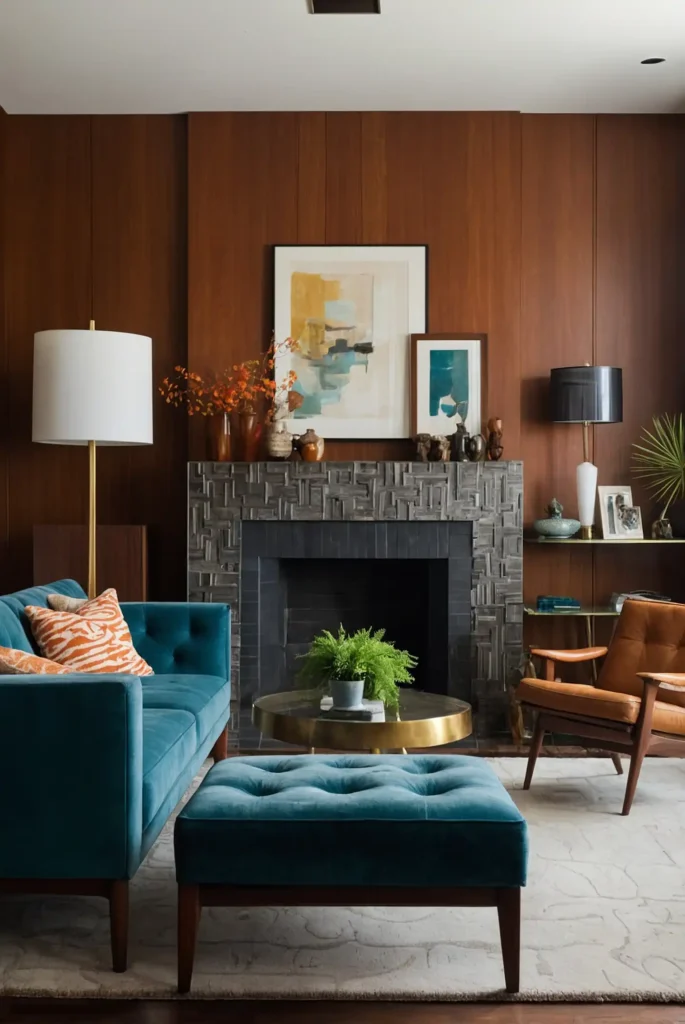
Arrange your furniture and decor with intentional asymmetry rather than perfect symmetry.
This approach feels more dynamic and authentic to midcentury principles.
Balance visual weight rather than creating mirror images on either side of your room.
This design technique creates spaces that feel both composed and naturally flowing.
19: Add a Bar Cart
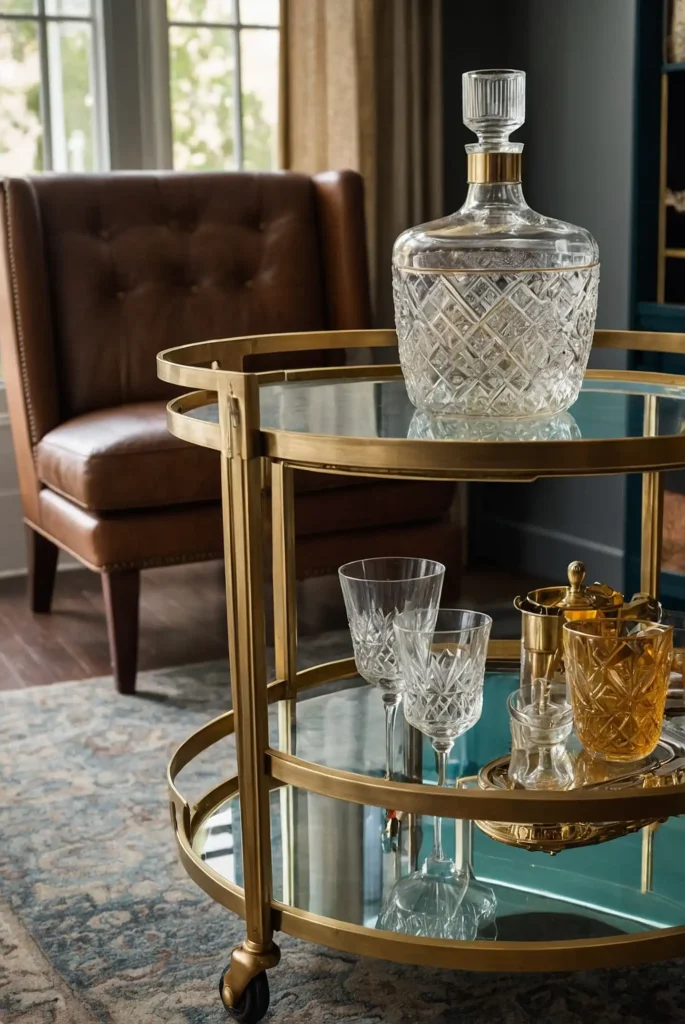
Incorporate a brass or wood bar cart to channel the sophisticated entertaining culture of the era. Stock it with vintage-inspired glassware and accessories.
Position your cart where it’s accessible but not centrally located. This functional piece reflects the midcentury emphasis on casual yet stylish hospitality.
20: Use Slender Table Lamps
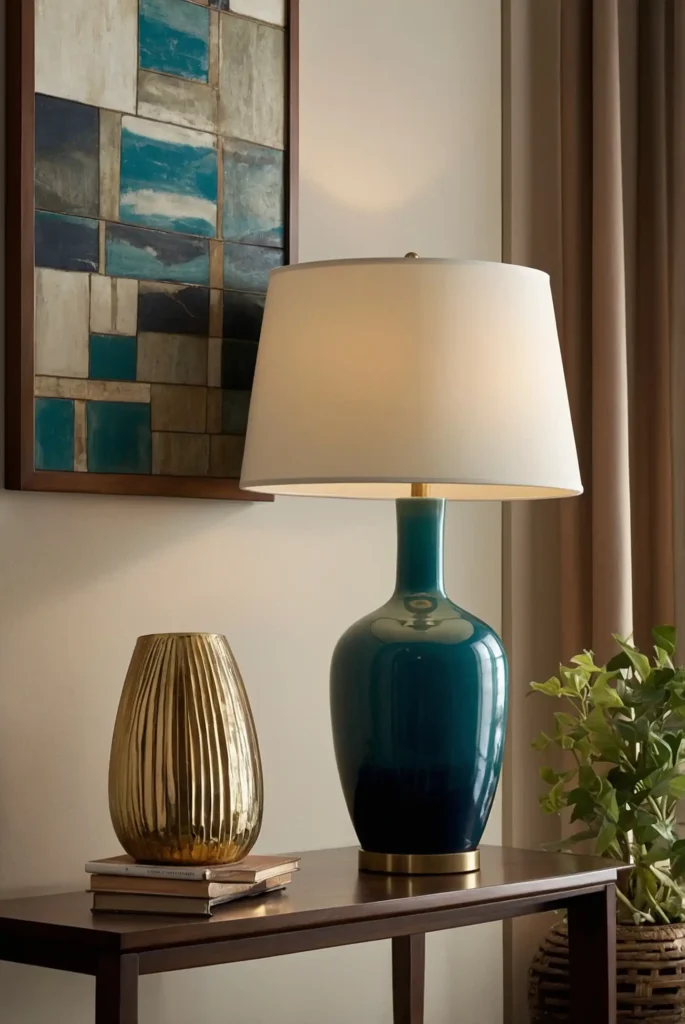
Place slim, sculptural table lamps with interesting bases on side tables or consoles. Look for ceramic, wood, or brass bases with tapered shades.
Choose lamps with adjustable features that showcase midcentury’s functionality. These lighting elements add height variation and ambient illumination to your space.
21: Incorporate a Room Divider
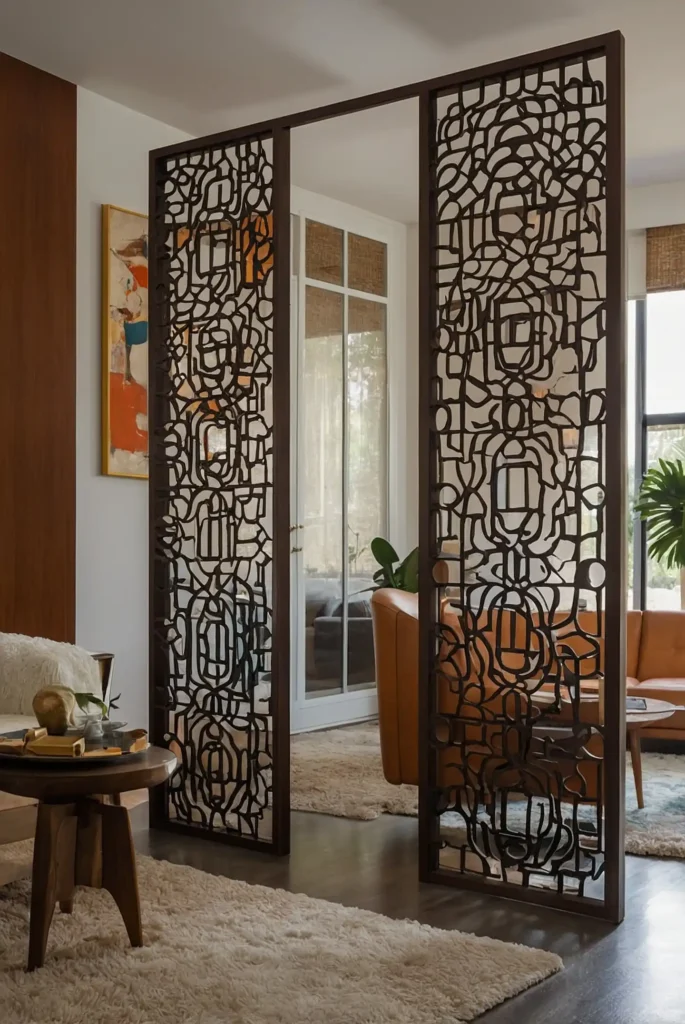
Use a decorative screen or open shelving unit as a room divider to define spaces while maintaining openness. This practical solution works especially well in open floor plans.
Select dividers with interesting patterns or open frameworks that filter light. This approach acknowledges the midcentury modern emphasis on flexible living spaces.
22: Add Abstract Art

Hang abstract or geometric art pieces that echo midcentury aesthetic sensibilities. Look for works with bold colors and strong compositional elements.
Frame artwork in slim, simple frames that don’t compete with the pieces themselves. This curated approach to art selection reinforces your room’s design direction.
23: Choose Sculptural Coffee Tables
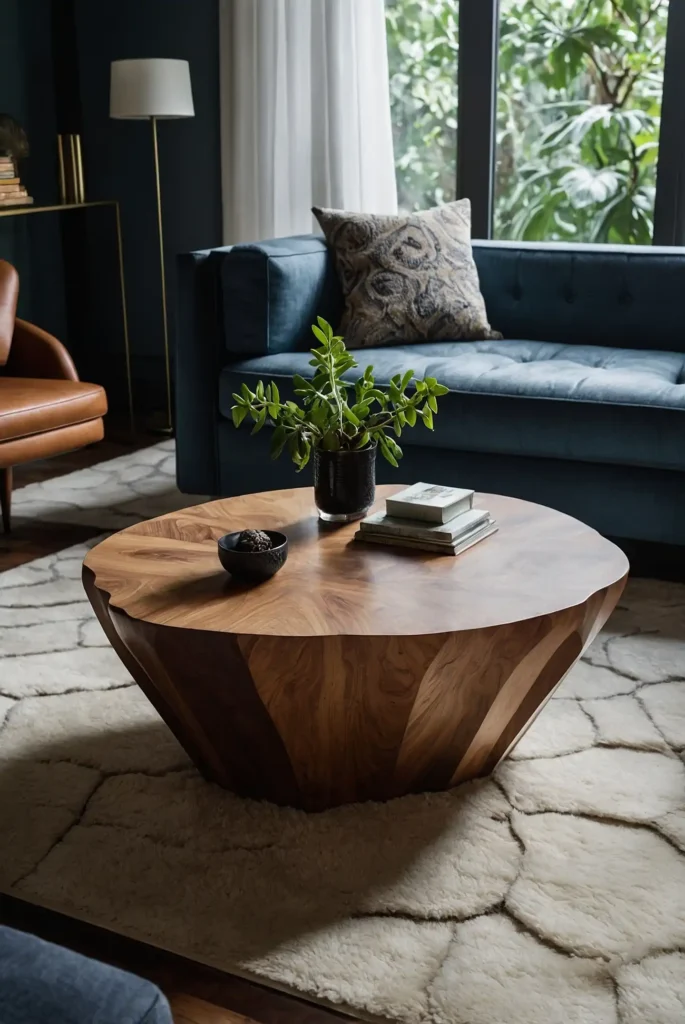
Select a coffee table with organic or geometric shapes that serve as a focal point. Look for biomorphic forms, surfboard shapes, or interesting bases.
Consider nesting or expandable coffee tables for additional functionality. These statement pieces serve as both functional surfaces and artistic elements in your space.
24: Mix Vintage and Contemporary

Combine authentic vintage pieces with contemporary items that complement the midcentury aesthetic.
This approach creates depth and prevents your space from feeling like a museum.
Use vintage items as focal points and support them with newer pieces. This thoughtful mixing creates a living room that feels curated rather than themed.
25: Add Built-In Seating

Create built-in bench seating under windows or along walls to channel the architectural integration common in midcentury homes.
Add cushions in period-appropriate fabrics.
Incorporate storage underneath built-ins for additional functionality.
This space-efficient design element embodies midcentury modern’s practical approach.
26: Use Track Lighting

Install track lighting or recessed fixtures to provide directed illumination to different areas of your living room. This lighting approach offers flexibility and clean lines.
Highlight architectural features or artwork with targeted lighting.
This practical yet stylish approach reflects midcentury modern’s emphasis on purposeful design.
27: Create Conversation-Starting Displays

Curate small vignettes of interesting objects, books, and artwork throughout your living room.
These thoughtful arrangements create visual interest and personal connection.
Rotate items seasonally to keep your space feeling fresh.
These curated moments reflect midcentury modern’s appreciation for both beauty and individuality.
Conclusion
Midcentury modern design offers timeless appeal with its clean lines and practical elegance.
By incorporating these ideas, you’ll create a living space that feels both nostalgic and remarkably current.

